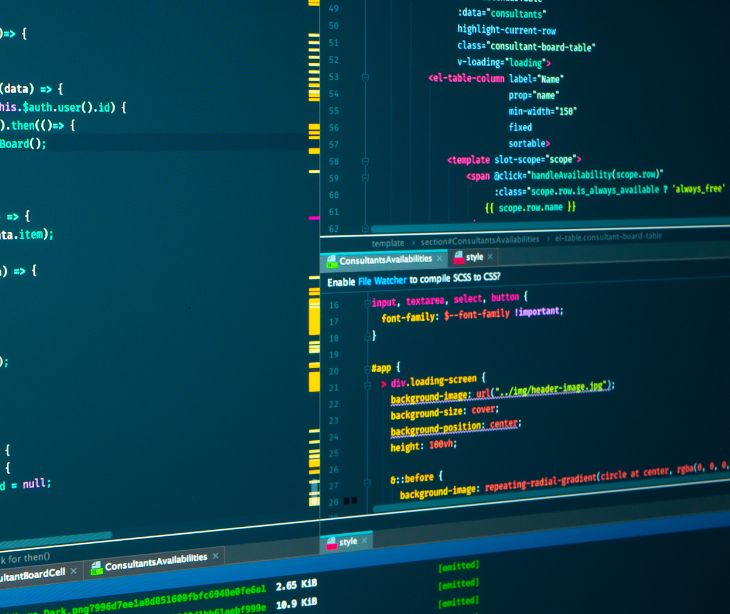
Threat actors use SQL injections to exploit vulnerabilities in a website's database query execution, allowing them to access, manipulate, or steal sensitive information.
What is an SQL injection?
A Georgia Institute of Technology study provides the following insight into SQL injections, “SQL injection vulnerabilities have been described as one of the most serious threats for Web applications. Web applications that are vulnerable to SQL injection may allow an attacker to gain complete access to their underlying databases.”
An SQL injection is a cyber attack where malicious actors exploit vulnerabilities in a website's database query execution. It occurs when an attacker manipulates a standard SQL query by injecting harmful SQL code into an input field, such as a login form or search bar. Instead of treating the input as plain data, the database executes the injected code as part of the query.
This form of attack can lead to unauthorized access to sensitive data, modification of database contents, or even complete control over the database server. For example, if a website fails to properly validate user input, an attacker could enter SQL commands that trick the database into revealing confidential information or allowing administrative actions.
Steps in an SQL injection
Reconnaissance:
- Identify vulnerable points: Attackers scan the email system, looking for input fields where SQL queries might be executed. These can include login forms, registration forms, email search fields, or contact forms.
- Gather information: They observe the system's behavior, noting any error messages or unusual responses that could indicate SQL injection vulnerabilities.
Exploitation:
- Craft malicious SQL queries: Attackers create SQL queries designed to manipulate the database. For example, they might enter SQL commands into an email login form to bypass authentication.
- Inject malicious input: They input these crafted SQL queries into the vulnerable fields. For instance, instead of a standard email address, an attacker might enter something like ' OR '1'='1;` to trick the system into bypassing security checks.
Initial access:
- Bypass authentication: The malicious input can trick the database into granting access without proper credentials. This allows attackers to log in as an administrator or other privileged user.
- Access sensitive data: Once inside, attackers can use additional SQL commands to extract sensitive information from the email system's database, such as user emails, passwords, and personal information.
Post exploitation:
- Elevate privileges: Attackers may use SQL injection to gain higher privileges within the email system, allowing them to control more aspects of the application.
- Maintain persistence: They can create backdoors or modify database entries to ensure continued access to the system even after the initial vulnerability is patched.
- Exfiltrate data: Attackers download or export large amounts of sensitive data, including email contents, contact lists, and user credentials.
Cover tracks:
- Modify logs: To avoid detection, attackers may alter or delete log entries that record their activity.
- Clean up: They might also remove traces of their injected SQL commands and any backdoors they installed.
How to prevent an SQL injection
- Use parameterized queries: Ensure HIPAA compliant email systems use parameterized queries to treat user inputs as data, not executable code.
- Validate user inputs: Implement strict input validation and sanitization for all email-related forms to filter out harmful characters.
- Use stored procedures: Leverage stored procedures in the email system to encapsulate SQL queries, separating them from user inputs.
- Employ least privilege: Configure database accounts in the email system to have the minimum permissions needed, limiting the potential impact of an injection.
- Regularly update software: Keep all email system software, including database management systems, up to date with security patches.
- Implement error handling: Configure the email system to handle errors without revealing detailed database or system information.
- Use web application firewalls (WAF): Deploy WAFs to detect and block SQL injection attempts in email systems.
See also: Top 12 HIPAA compliant email services
FAQs
What is a threat actor?
A threat actor is an individual or group that poses a potential risk to cybersecurity by intentionally causing harm or exploiting vulnerabilities.
Is an SQL injection used alongside any other attacks?
Yes, SQL injections are often used alongside other attacks.
Why is HIPAA compliant email a good way to secure emails?
HIPAA compliant email is a good way to secure emails because it ensures that protected health information (PHI).
Subscribe to Paubox Weekly
Every Friday we'll bring you the most important news from Paubox. Our aim is to make you smarter, faster.



